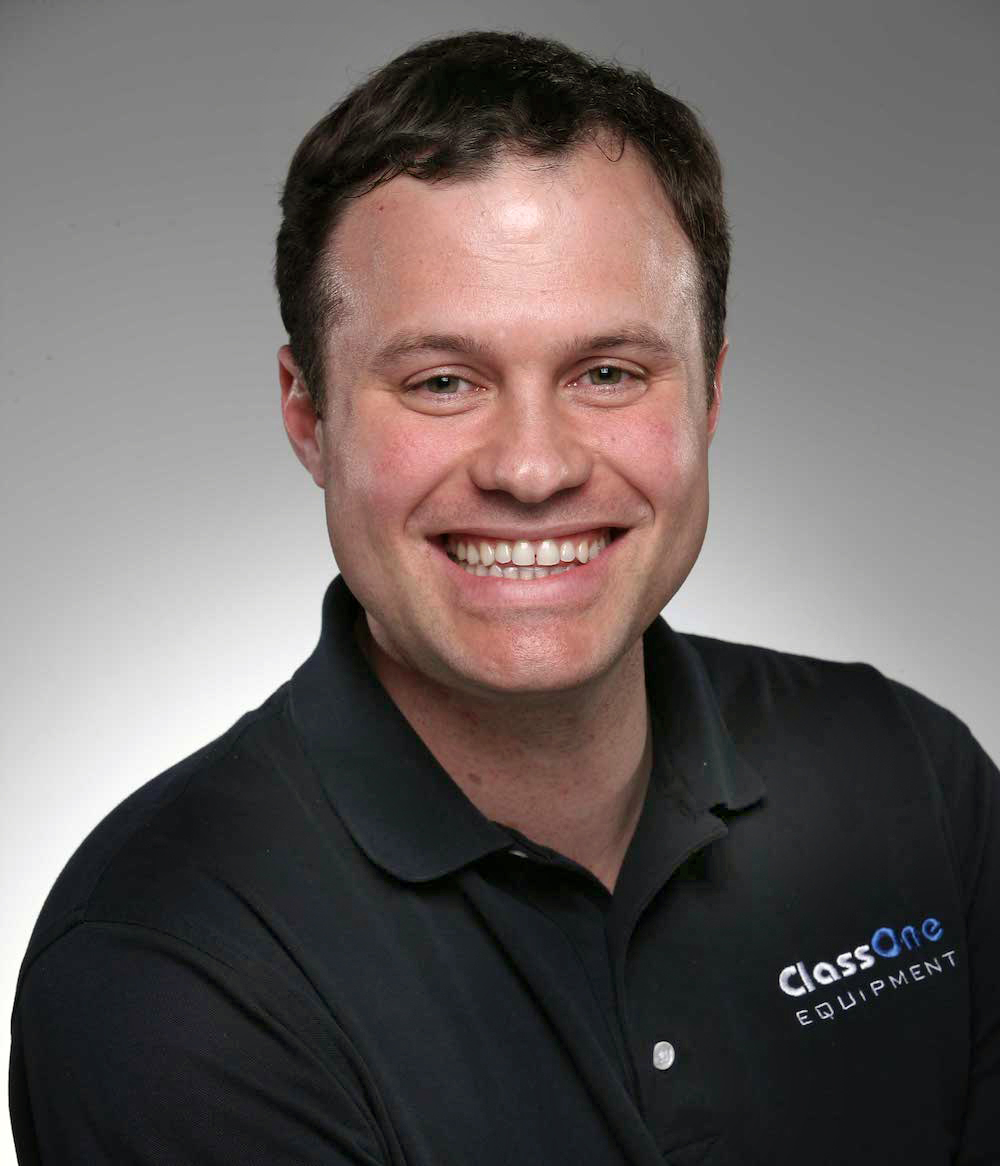A Call to Provide Advanced Equipment to Growth Companies
Solid State Technology magazine published the following article by Byron Exarcos in the “Industry Forum” column of their July 2014 edition:
Historically, the major semiconductor capital equipment manufacturers have focused on supporting the bigger semiconductor companies at the expense of the smaller ones. The last decade’s round of consolidations in the manufacturing and equipment sectors has only exacerbated this trend. This approach may make good business sense for the large equipment companies, but it’s created a serious challenge for smaller IC manufacturers. Even worse, it now threatens to stifle the continuing innovation on which the high tech industry depends.
It’s hard to fault the big equipment players for their business model. It’s much more cost-effective and profitable to dedicate the bulk of your resources to those customers who want to buy multiple process tools featuring “bleeding edge” technology on highly automated, volume production platforms. In many cases, it’s simply not as profitable to engage with smaller customers.
So what choice do the manufacturers have for populating their fabs if they’re running 200mm or smaller wafers? One alternative is to buy refurbished tools, assuming they can find a tool that meets their needs, which is not always easy. Another is to buy a bigger tool with more performance capabilities than they need, which busts their equipment budget. There aren’t many other options.
Now, one could dismiss this issue by simply saying, that’s the way this market works.
Continued growth in our industry has always depended on a certain path of continual innovation. “Smaller, faster, cheaper”— producing smaller, more powerful chips in ever greater volume on larger wafers was a highly successful means of turning computers and subsequent mobile computing and communication devices into household items. It’s hard to fault a business/technology model that has been successful for so many years.
On the other hand, every emerging market eventually matures. We’ve all experienced the boom-and-bust cycles that roil our industry and what happens when the “last big thing” plateaus or dries up. Today, the capital equipment market is at a cusp. We need to examine whether the traditional smaller-design-rules/bigger-wafers/faster-throughput approach is helping or hindering the introduction of new technologies.
Today’s emerging technologies include devices such as smart sensors, power and RF wireless devices. The fact is, many of these chips can be made quite well and quite profitably using larger design rules on 200mm or even smaller substrates. However, many of the companies developing these devices are not huge enterprises, and they’re hampered by the unavailability of tools delivering the appropriate levels of process technology, automation and throughput — at a price they can afford. Ironically, our industry is in a phase where the equipment companies that once drove significant innovations, such as the introduction of copper deposition and low-k dielectrics, have become so large and narrowly focused that they’re impeding the development of many other emerging technologies.
I have some understanding of the needs of smaller device manufacturers because one of our companies, ClassOne Equipment, has been selling refurbished equipment to them for over a decade. That is why we’ve now created a whole new company, ClassOne Technology, to provide new equipment at substantially lower prices specifically for 200mm and smaller substrates. We are introducing new electroplating systems, spin rinse dryers and spray solvent tools, and some of them are literally half the cost of high-end competitive units. We’re particularly interested in serving all those small- to mid-sized companies who are making MEMS, power devices, RF, LEDs, photonics, sensors, microfluidics and other emerging-technology devices.
However, no single company can solve the entire problem. There is a glaring need for equipment manufacturers to bring the price/performance ratio of their tools back in line with the needs of more of the equipment users, not just those at the bleeding edge. If the tool manufacturers persist in trying to only sell the equivalent of sports cars to customers who just need pickup trucks, America’s high tech industry may soon find itself trailing, rather than leading the innovation curve.
by Byron Exarcos, President, ClassOne Technology


